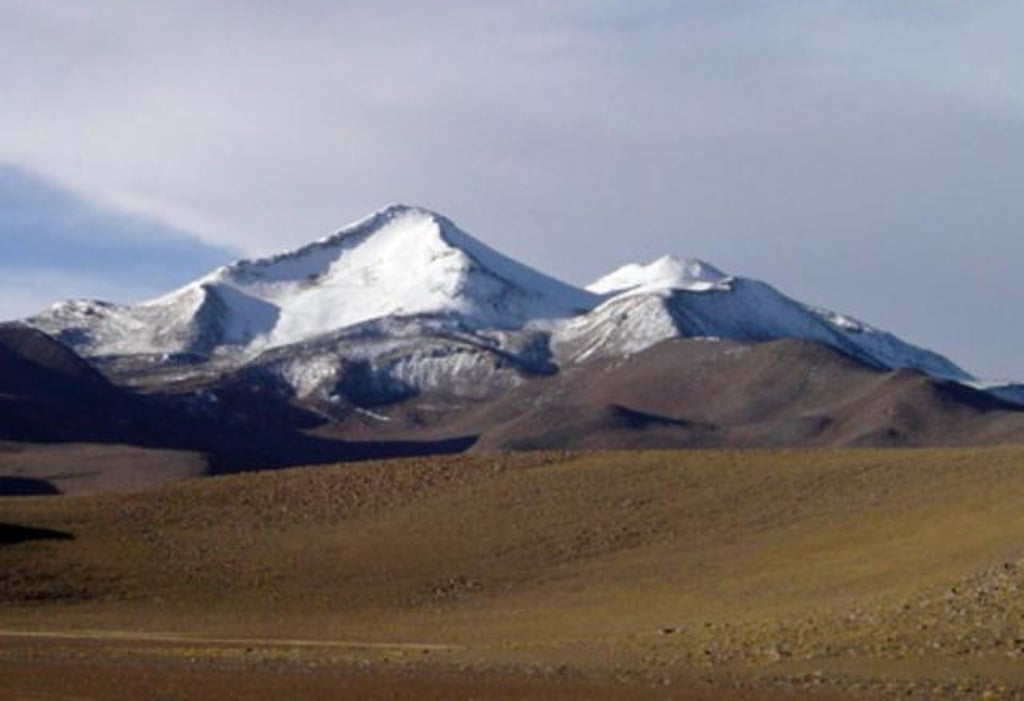Uturuncu Volcano
Uturuncu, located in the Central Andes of Bolivia, is often referred to as a “zombie” volcano. Despite being dormant for 250,000 years, it exhibits signs of unrest. Recent studies reveal that this unrest is linked to the movement of magma and gases beneath the surface. Understanding these dynamics is crucial for assessing potential eruption risks and the implications for local communities.
Characteristics of Uturuncu Volcano
Uturuncu is part of the Altiplano-Puna Volcanic Complex. This region contains the largest known magma body in the Earth’s crust. The volcano is characterised by a unique “sombrero” pattern of deformation. The centre rises while surrounding areas sink. This deformation is crucial for understanding volcanic behaviour.
Recent Research
A collaborative study involving institutions like the University of Oxford and Cornell University utilised advanced techniques to investigate the volcano’s plumbing system. Researchers analysed data from over 1,700 earthquakes. This high-resolution imaging revealed the movement of fluids and gases beneath the volcano. Their findings indicate a low probability of an imminent eruption.
Volcanic Plumbing Systems
Volcanic plumbing systems comprise a network of fluids and gases in magmatic reservoirs. These systems connect the magma chamber to the surface. Understanding fluid movement within these systems is essential for predicting volcanic activity. The study identified pathways for geothermally heated fluids, which contribute to the observed deformation.
Seismic Tomography in Volcanology
Seismic tomography is a key method used in this research. It provides vital information about the internal structure of volcanoes. By analysing how seismic waves travel through different materials, researchers can create 3D images of the volcanic system. This technique is akin to medical imaging, allowing for detailed analysis of volcanic behaviour.
Implications for Local Communities
For the local population, understanding the potential for volcanic eruptions is vital. While the study indicates a low likelihood of an eruption, ongoing monitoring is essential. The research outcomes can aid in disaster preparedness and risk assessment. Local authorities can use this information to develop strategies that protect communities from potential hazards.
Future Research Directions
The study’s findings pave the way for further investigations into other volcanic systems. By applying similar methodologies, researchers can enhance their understanding of volcanic behaviour globally. This approach can identify potential resources and hazards associated with volcanic activity.
Month: Current Affairs - April, 2025
Category: Environment Current Affairs







